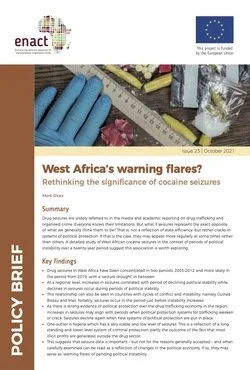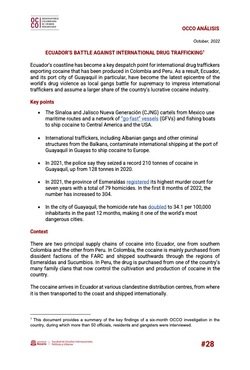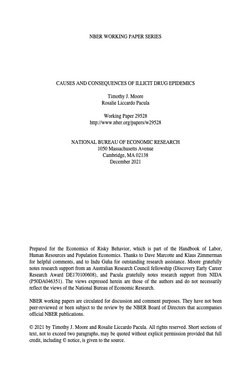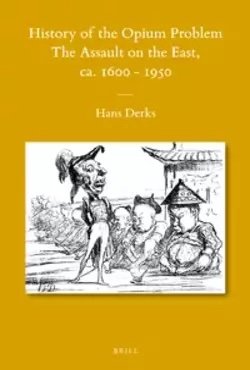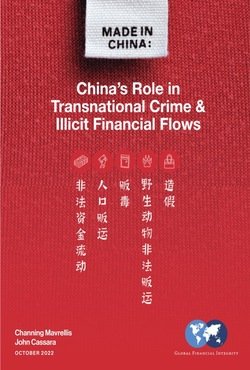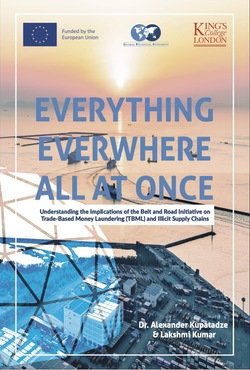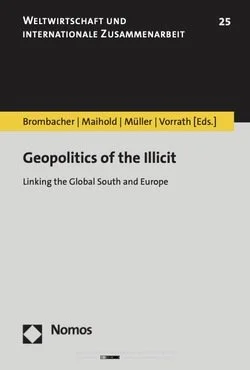By Liz McCulloch and Scarlett Furlong
In this report, Volteface aims to bridge the gap in understanding of how social media is being used as a marketplace for illicit drugs and the impact this is having on young people – social media’s primary user group. This report examines how prevalent this phenomenon is, which platforms are most likely to host this activity, what drugs are being advertised, how the platforms are being used, and what impact this is having on young people’s wellbeing, as well as the challenges facing social media regulators and law enforcement.
London: Volteface, 2019. 87p.



